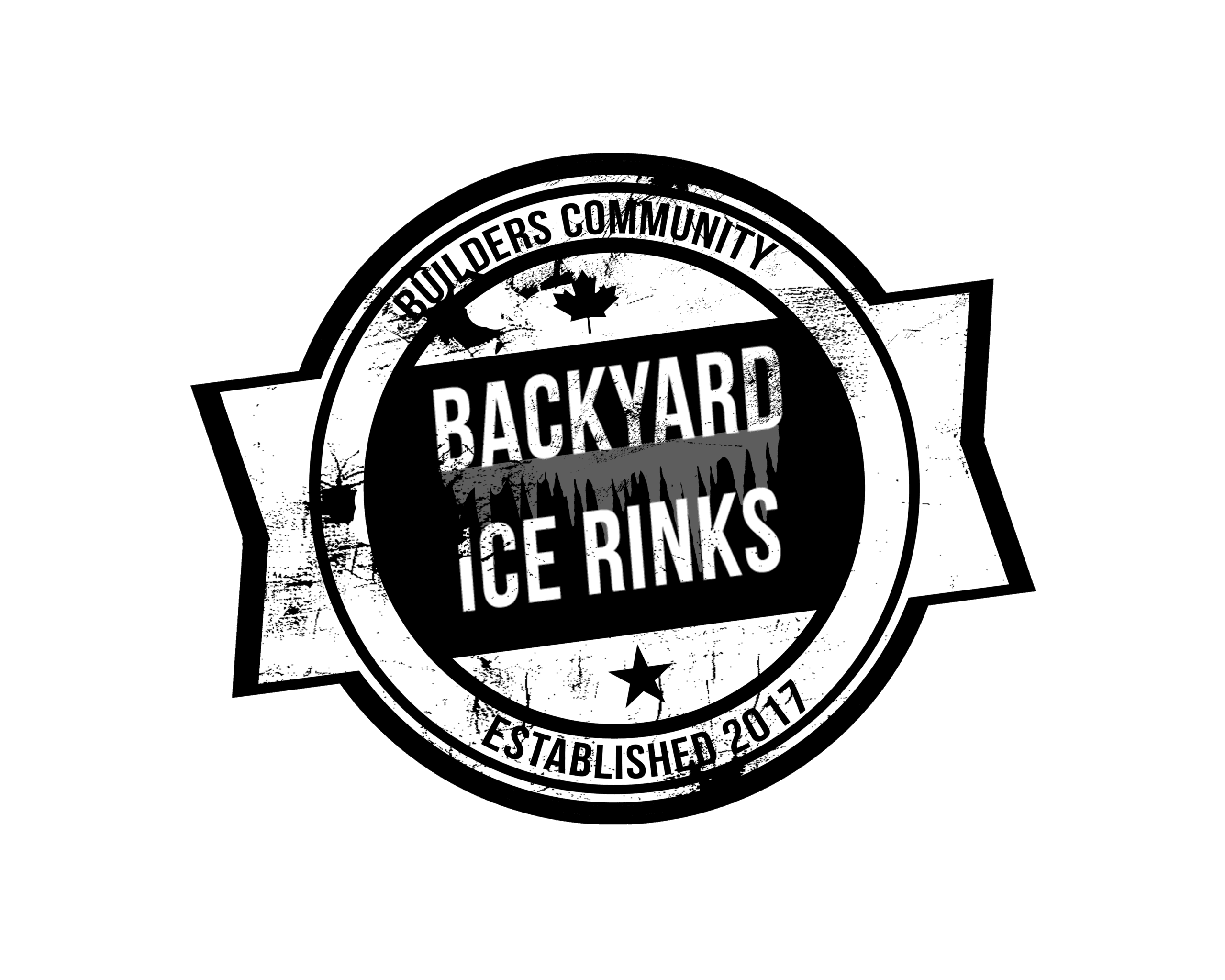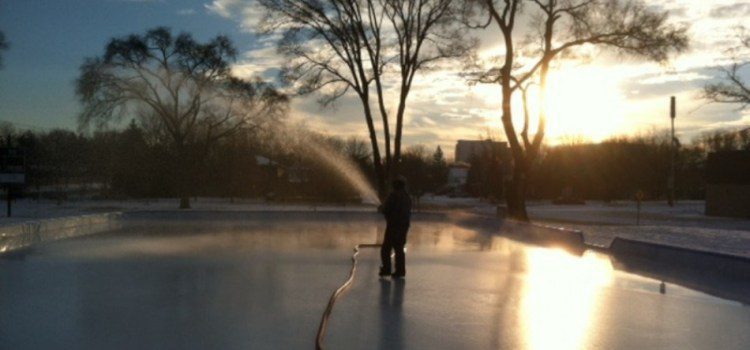
People use different words for resurfacing. Some call it flooding and others call it watering. In the end, the goal is to clean your ice and also build up your ice. Once you finish your resurface you should have a beautiful glass like surface. It is truly and ultimately a thing of beauty.
You should try to plan your resurfacing around the weather. It is best to resurface at night, when it’s not snowing and no or minimal wind. As far as temperature goes, you want to do it when its cold like in the teens, fahrenheit. Check out our article on Making Ice as these weather conditions tend to provide the best results and and produce ripple-free and shell-free ice. In addition to the right weather conditions, you should also remove all snow from the ice prior to your resurfacing, to help produce the best ice possible
You should resurface in small quantities. Over-watering or flooding when the temperature is not cold enough creates a shell of ice on top of the water. Ice that is only frozen on top is not suitable for skating, since the shell breaks when weight is applied on it. Check out our article, The Joys of Shell Ice to learn more about it.
You need to make sure the resurface layer you did is completely frozen before re-flooding your ice rink.
To preform your resurfacing, the best tool is what people call a homeboni also known as a rink rake. It helps you lay down a consistent layer while smoothing the ice as well. You can buy a homeboni or purchase one. We will cover this in another post in the future.
One final tip is to use pure rubber hoses, not your usual garden hose. The typical garden hose will freeze and not allow the water to flow.

